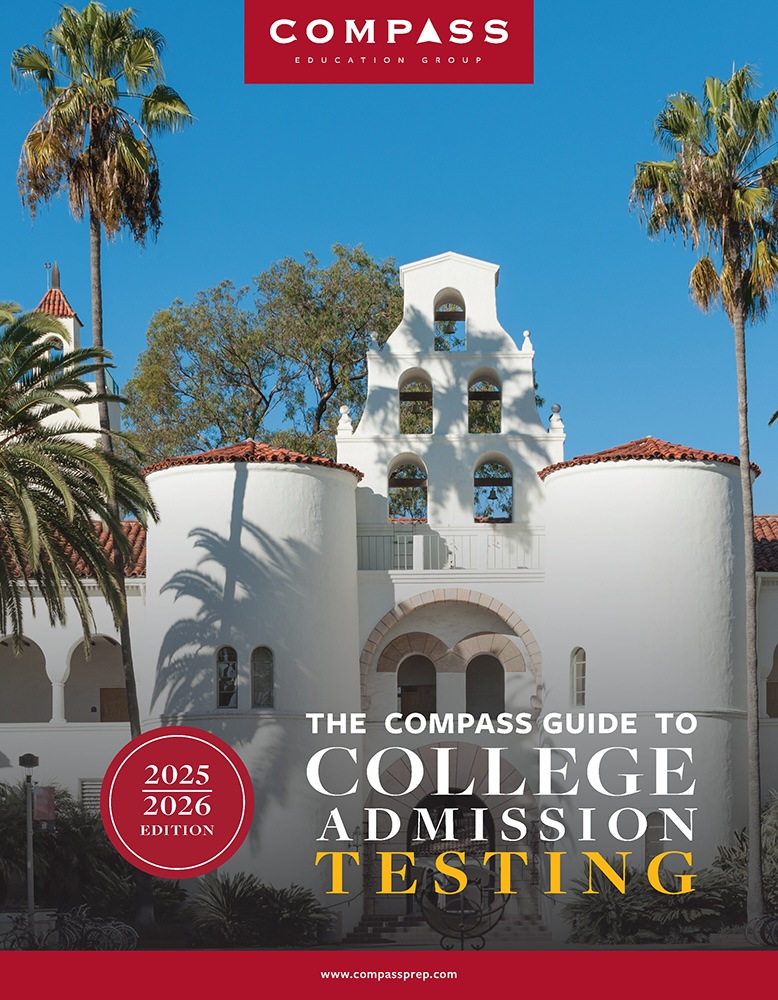What math formulas should I know for the ACT?
Unlike the SAT, the ACT Math Test does not provide a handy list of formulas at the top of the section. This means that in order to adequately prepare, you must memorize the formulas beforehand and come ready to use any one of them at a moment’s notice! This may sound daunting, but it’s much easier once you know where to start. So here is a handy list of formulas for you to memorize. If you can lock all of these in your brain, you’ll be on the right track to acing the Math section.
Important ACT equations and formulas to memorize for the ACT
Geometry: You can count on the fact that you’ll need to know how to calculate the volume and area of geometric figures: rectangles, triangles, circles, cylinders, etc. Hopefully you’ve already memorized most of the formulas for these measurements over the past few years in school, but if not, here they are for your perusal. Commit these to memory and you should be ready for any geometry problem you encounter.
Area:
Rectangle = lw
Triangle = (1/2)*bh
Circles = (pi)*r^2
Perimeter:
Rectangle = 2l + 2w
Circle (Circumference) = 2(pi)*r
Volume:
Prism: lwh
Cylinder: (pi)*(r^2)*h
Any geometry formulas that go beyond these basics (such as the volume of a sphere or formula for an ellipse) are usually provided for you in the problem if they are necessary. Although this means you need not memorize them, it’s a good idea to get some experience working with them before test day.
Volume of a Sphere: (4/3)(pi)r^3
Formula for a Circle: (x – h)^2 + (y – k)^2 = r^2
Formula for an Ellipse: [(x – h)^2 ]/(a^2) + [(y – k)^2]/(b^2) = 1
Algebra: It’s important you know how to use and apply algebra in general, but there are also a few formulas that you’ll need to have memorized in order to work through some of the more complex algebra problems. Most of the necessary formulas deal with linear equations: finding slope, relationships between two points, etc.
Slope: [y – y’]/[x – x’]
Distance Formula: sqr root[(x – x’)^2 + (y – y’)^2
Quadratic in Vertex Form: y = a*(x – h)^2 + k
Line in Slope-intercept form: y = m*x + b
Like the geometry formulas above, anything that gets too much more complicated than these listed will be included in the problem for your use.
Probability and Statistics: It can be difficult to determine what is needed to solve a probability and statistics question, but having a handful of formulas memorized can help you narrow down what the question requires. Read each question closely as you run through your bank of options.
Mean (average): Sum Total of Values / Total Number of Values
Probability: Number of Desired Outcomes / Total Possible Outcomes
Percent Change: Difference / Original
Permutations (quite rare): (n!)/[(n – r)!]
Combinations (rare): (n!)/[(n – r)!*r!]
Beyond these formulas, a working knowledge of factorials is a helpful tool to have at your disposal too.
Factorial: n! = n!*(n – 1)!*(n – 2)!*(n – 3)!…
Trigonometry: Trig problems are generally found in the medium to hard portions of the ACT Math. Understanding how to work with sine, cosine and tangent, as well as knowing the basics of working with different types of triangles, is a good place to start with these.
Sine x: opposite side/hypotenuse
Cosine x: adjacent side/hypotenuse
Tangent x: opposite side/adjacent side
Law of Sines: Sine A/a = Sine B/b = Sine C/c
Law of Cosines: c^2 = a^2 + b^2 – 2a*b*cosine C

